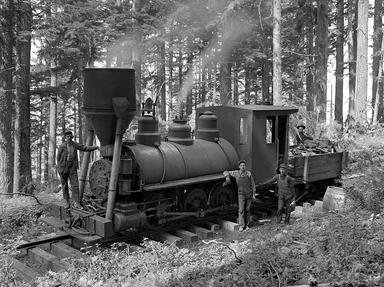Quiz Answer Key and Fun Facts
1. During much of the 20th century, drivers would drive over a hose, or air line laid by the pumps. What was the purpose of the line?
2. The rotary phone produced a few interesting sounds. Did all rotary phones sit on tables?
3. What sound occurred on most manual typewriters when the user was getting close to the right-hand margin?
4. A coffee ___________ had a distinct sound when coffee was made.
5. How many flashes did the noisy flash cubes have in each one?
6. Before the advent of remote controls, televisions had UHF and VHF dials that could get rather noisy. For what did UHF and VHF stand?
7. What was the first sound that was typically heard when the needle of a record player touched the record?
8. "Beeeeeeeep" . . . What was the image called that was shown while the television was beeping?
9. What noises were heard at the end of most retail transactions in the 20th century that are not heard very often in the 21st century?
10. One of the noises that was heard in the USA in the 20th century was the "tick-tick-tick" sound during classroom and home movies. What caused that sound?
Source: Author
Trivia_Fan54
This quiz was reviewed by FunTrivia editor
ponycargirl before going online.
Any errors found in FunTrivia content are routinely corrected through our feedback system.
